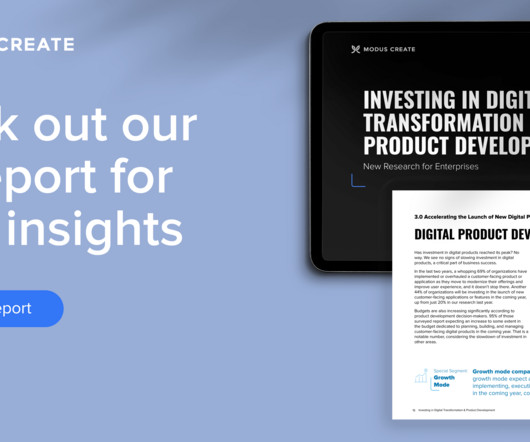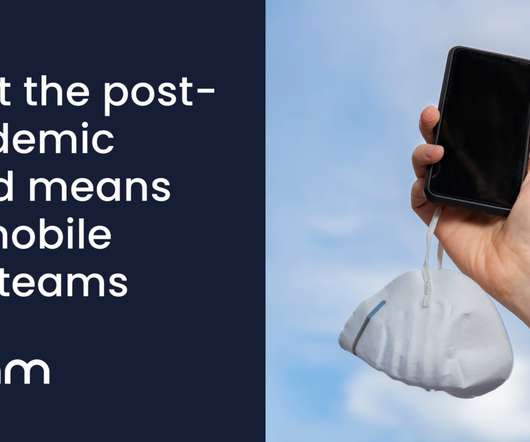Digital transformation is more than AI: you still need a customer-focused strategy
Modus Create
FEBRUARY 5, 2024
Businesses and governments are scrambling to understand the implications of this technology, now at the fingertips of everyday consumers. In such exciting times, it might be tempting to assume that shiny new technologies will dominate digital transformation trends in 2024.















Let's personalize your content